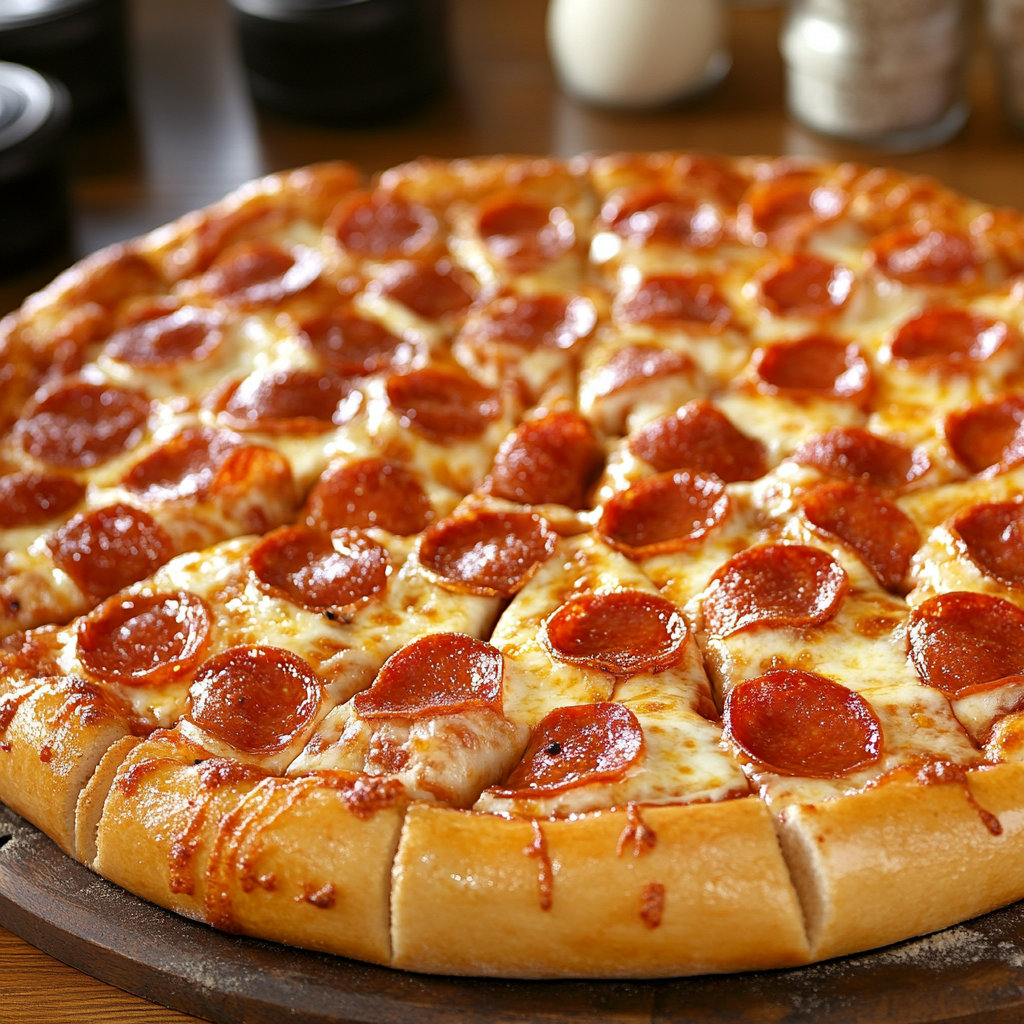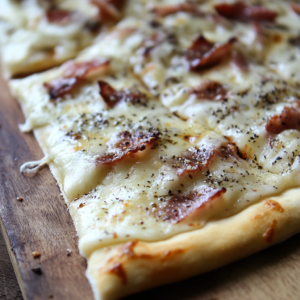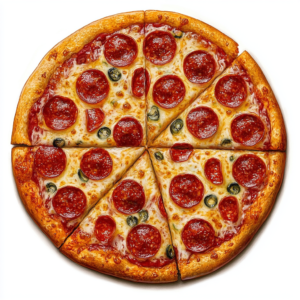
When you think of Italy, the first thing that probably comes to mind is pizza. Pizza Italian has become a global icon, loved for its simplicity, fresh ingredients, and diverse regional styles. From the rich, wood-fired Neapolitan pizza to the crispy Roman varieties, there’s something for every pizza lover to explore. This guide will take you through the history, ingredients, and variations of authentic Italian pizza while highlighting some internal recipes that complement this classic dish.
The Origins of Pizza Italian
Pizza has been a part of Italian culture for centuries. While flatbreads with toppings have existed for thousands of years, the modern pizza Italian we know today originated in Naples. The classic Pizza Napoletana was born in the 18th century, and over the years, it has evolved into many different regional varieties.
Pizza Italian is more than just a dish; it’s a symbol of Italy’s culinary heritage. To truly appreciate the roots of pizza, check out this informative guide on Christmas dinner ideas, which offers an overview of how traditional Italian meals have shaped modern cuisine.
Essential Ingredients of Pizza Italian
The simplicity of Pizza Italian is what makes it so delicious. While there are many types of pizza, the ingredients remain consistent and simple across the country:
- Dough: Made with high-quality flour, water, salt, and yeast, the dough is essential for creating the perfect crust.
- Tomatoes: The San Marzano tomato, grown in the volcanic soil near Naples, is often preferred for its sweet flavor.
- Cheese: Mozzarella di Bufala (buffalo mozzarella) is the cheese of choice for authentic Pizza Italian, known for its creamy texture.
- Basil: Fresh basil adds a fragrant note to the dish.
- Olive oil: High-quality extra virgin olive oil is used to finish the pizza, adding richness and depth.
If you’re looking for other delicious Italian dishes to pair with pizza, check out these pepper lunch recipes for unique and flavorful meals that go well with any pizza night.
Different Styles of Pizza Italian
 Italy is known for its regional pizza styles, each with its unique take on ingredients and techniques.
Italy is known for its regional pizza styles, each with its unique take on ingredients and techniques.
1. Neapolitan Pizza (Pizza Napoletana)
This is the original Pizza Italian that started it all. Pizza Napoletana features a soft, chewy crust with a slightly charred edge, topped with San Marzano tomatoes, mozzarella di bufala, and fresh basil. It’s cooked in a wood-fired oven at high heat for just a few minutes, resulting in a pizza with a crispy exterior and a soft interior.
2. Roman Pizza (Pizza Romana)
In contrast to the soft crust of the Neapolitan pizza, Pizza Romana is thin and crispy. It’s often served in square slices, and it’s topped with simple ingredients like tomatoes, mozzarella, anchovies, and artichokes.
3. Sicilian Pizza (Sfincione)
Sicilian pizza features a thick, soft crust and is often topped with rich tomato sauce, onions, anchovies, and a generous layer of cheese. It’s often baked in a rectangular pan, giving it a distinctive shape and texture.
How to Make Pizza Italian at Home
Making Pizza Italian at home is easier than you think, and it starts with the dough. Here’s how you can create a delicious Pizza Italian in your own kitchen:
- Step 1: Start by preparing the dough. Combine high-quality flour, yeast, and water, and let the dough rise until it’s soft and elastic.
- Step 2: Prepare your toppings. Use fresh mozzarella, San Marzano tomatoes, and aromatic basil.
- Step 3: Roll out the dough and top it with your ingredients. Don’t forget a drizzle of extra virgin olive oil before baking.
- Step 4: Bake your pizza in a very hot oven (ideally a wood-fired oven) for about 7-10 minutes until the crust is golden and the cheese is melted.
If you love Italian cooking, consider exploring brilla pasta for a delicious side dish to complement your pizza.
Pairing Pizza with Italian Sides and Drinks

When serving Pizza Italian, it’s essential to have the right sides and drinks to enhance the experience. Here are some ideas:
- Side dishes: Insalata Caprese (tomato, mozzarella, and basil salad), roasted vegetables, or garlic bread.
- Drinks: A glass of Chianti or Prosecco pairs perfectly with the flavors of Pizza Italian.
For more ideas on Italian meals, be sure to check out everything you need to know about garlic parmesan chicken pasta to elevate your pizza experience with pasta.
Frequently Asked Questions About Pizza Italian
What makes Pizza Italian different from other pizzas?
Pizza Italian uses simple, high-quality ingredients, a focus on tradition, and a specific cooking technique that ensures the best flavors.
What’s the secret to the perfect pizza dough?
The secret lies in using the right flour, allowing the dough to ferment properly, and cooking it at a high temperature to achieve the ideal crust.
Can I make Pizza Italian gluten-free?
Yes, you can use gluten-free flour to make the dough, but it’s essential to ensure that the pizza is cooked in a way that preserves the texture and flavor.
Conclusion
Pizza Italian is more than just a meal; it’s an experience. Whether you’re enjoying a Neapolitan pizza with fresh mozzarella or savoring a Roman pizza with crispy edges, each bite tells a story of Italy’s rich culinary history. By using the right ingredients and following the traditional methods, you can bring the flavors of Italy into your own kitchen.
If you enjoyed this guide to Pizza Italian, explore other Italian-inspired recipes like breakfast sausage recipes or pepper lunch recipes to continue your culinary adventure.
